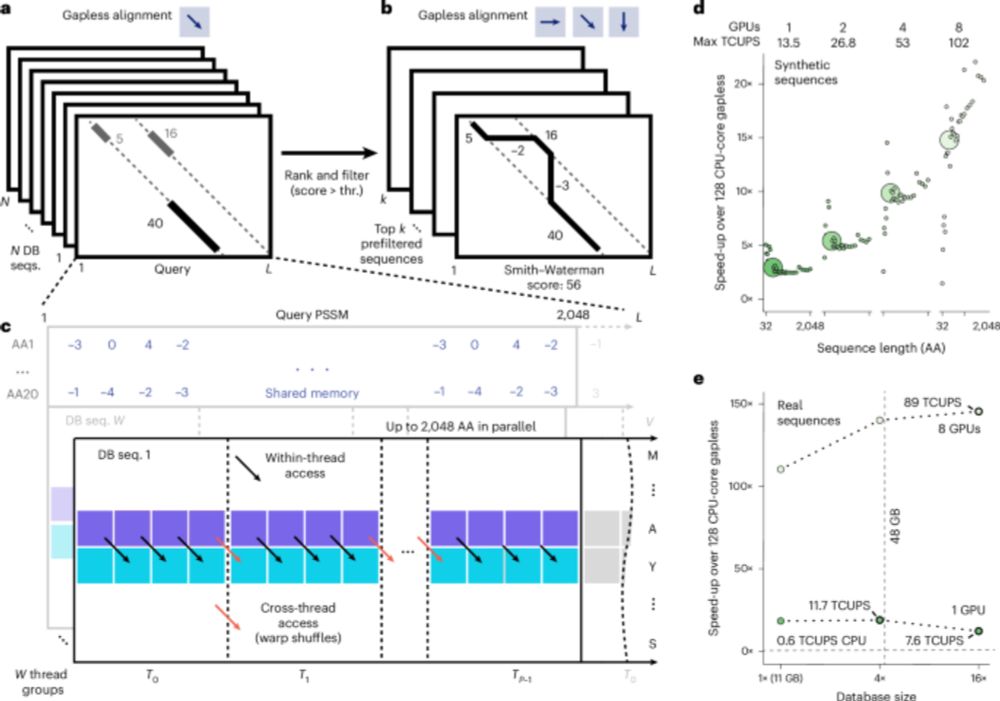Maliheh Mehrshad
@mehrshmali.bsky.social
300 followers
340 following
21 posts
Multipartite parasitic interactions in the microbial world,
Phage co-infection studies (MULTIPHAGE)
#ERC_StG, #curiosity_driven, #microbiology_without_borders
www.bionomics-mmlab.com
Posts
Media
Videos
Starter Packs
Reposted by Maliheh Mehrshad
Reposted by Maliheh Mehrshad
Eduardo Rocha
@epcrocha.bsky.social
· Sep 8
Reposted by Maliheh Mehrshad
Reposted by Maliheh Mehrshad
Reposted by Maliheh Mehrshad
Reposted by Maliheh Mehrshad
Reposted by Maliheh Mehrshad
Reposted by Maliheh Mehrshad
Eduardo Rocha
@epcrocha.bsky.social
· Sep 3
Reposted by Maliheh Mehrshad
Reposted by Maliheh Mehrshad
Sorek Lab
@soreklab.bsky.social
· Sep 2

Synthetically designed anti-defense proteins overcome barriers to bacterial transformation and phage infection
Bacterial defense systems present considerable barriers to both phage infection and plasmid transformation. These systems target mobile genetic elements, limiting the efficacy of bacteriophage-based t...
www.biorxiv.org
Reposted by Maliheh Mehrshad
Maliheh Mehrshad
@mehrshmali.bsky.social
· Aug 31
Reposted by Maliheh Mehrshad
Maliheh Mehrshad
@mehrshmali.bsky.social
· Aug 29
Reposted by Maliheh Mehrshad
Reposted by Maliheh Mehrshad
Eduardo Rocha
@epcrocha.bsky.social
· Aug 27
Reposted by Maliheh Mehrshad
Emmanuele Severi
@emmseveri.bsky.social
· Aug 28

A call for caution in the biological interpretation of viral auxiliary metabolic genes - Nature Microbiology
This Perspective discusses virus-encoded auxiliary metabolic genes and provides a framework for the biological interpretation of these genes.
www.nature.com

















